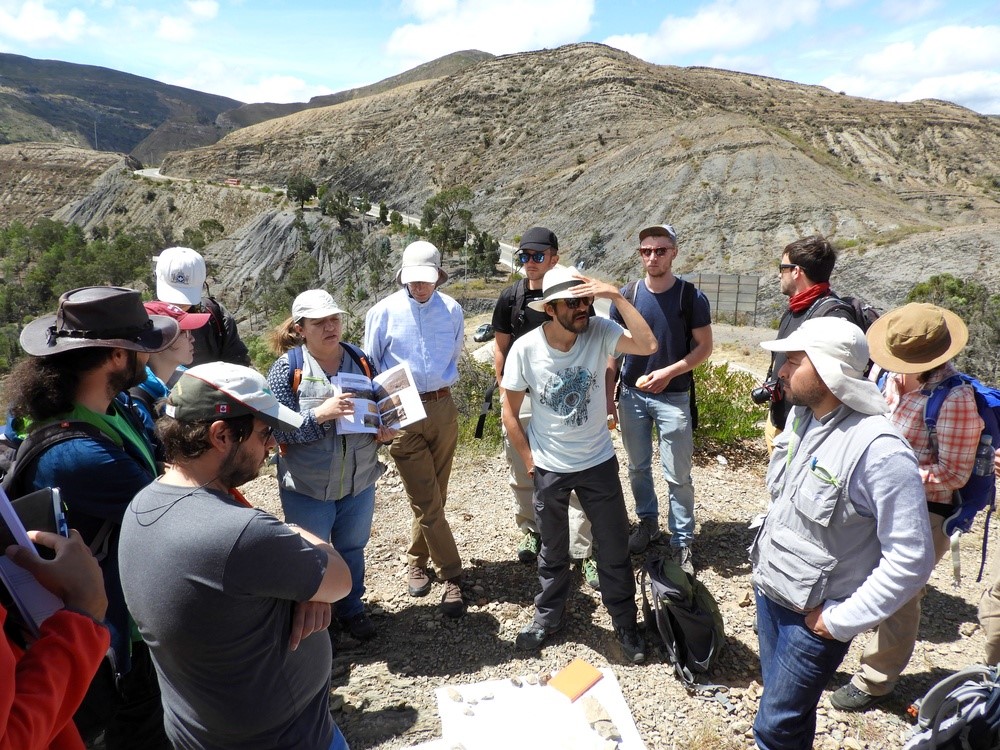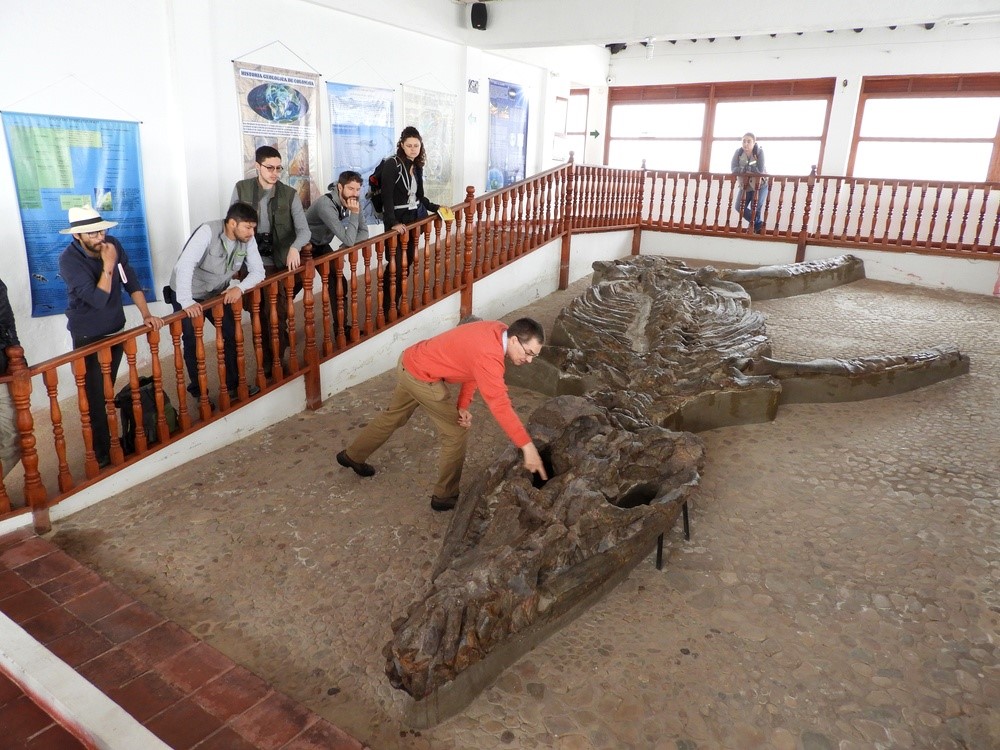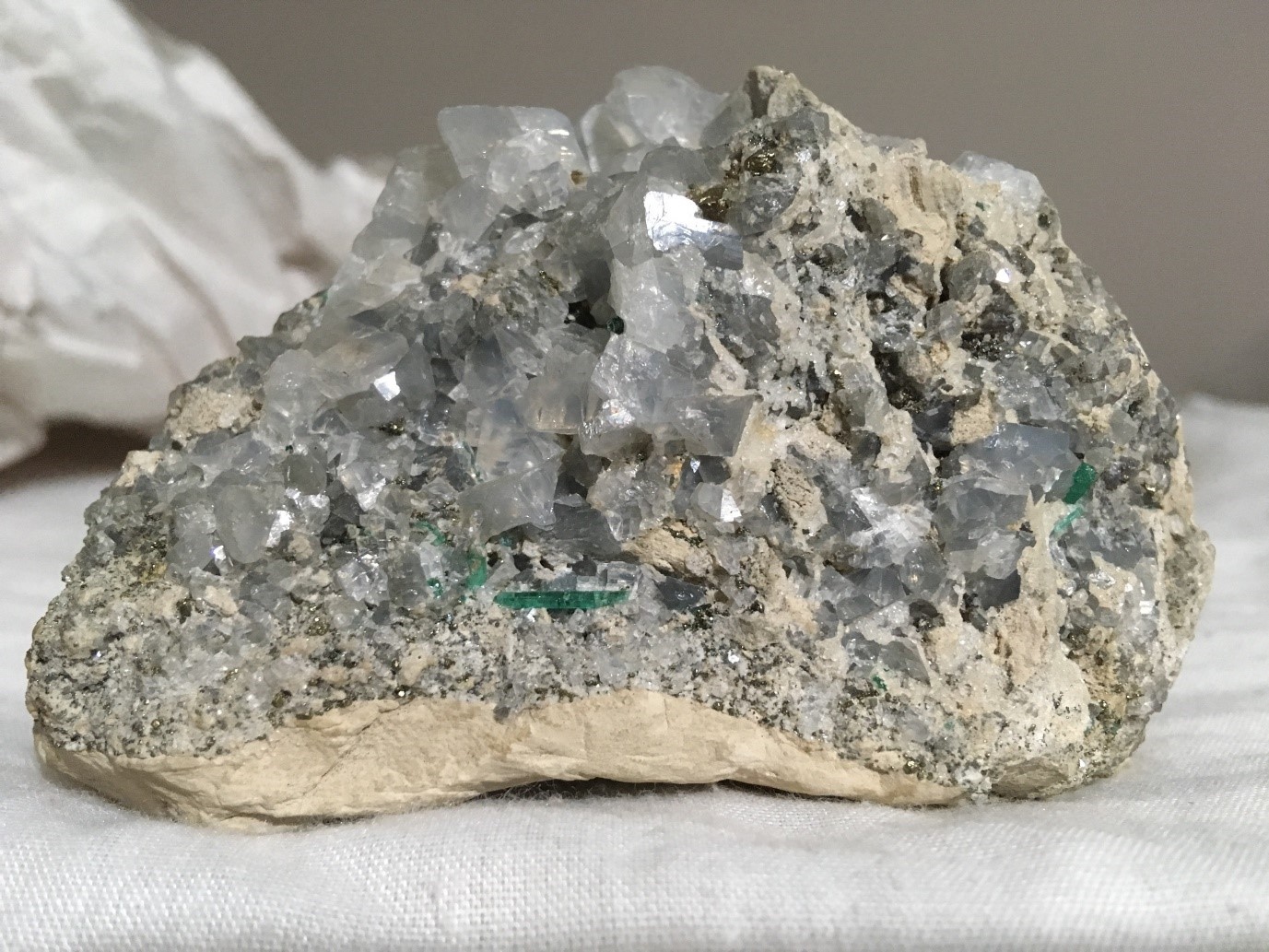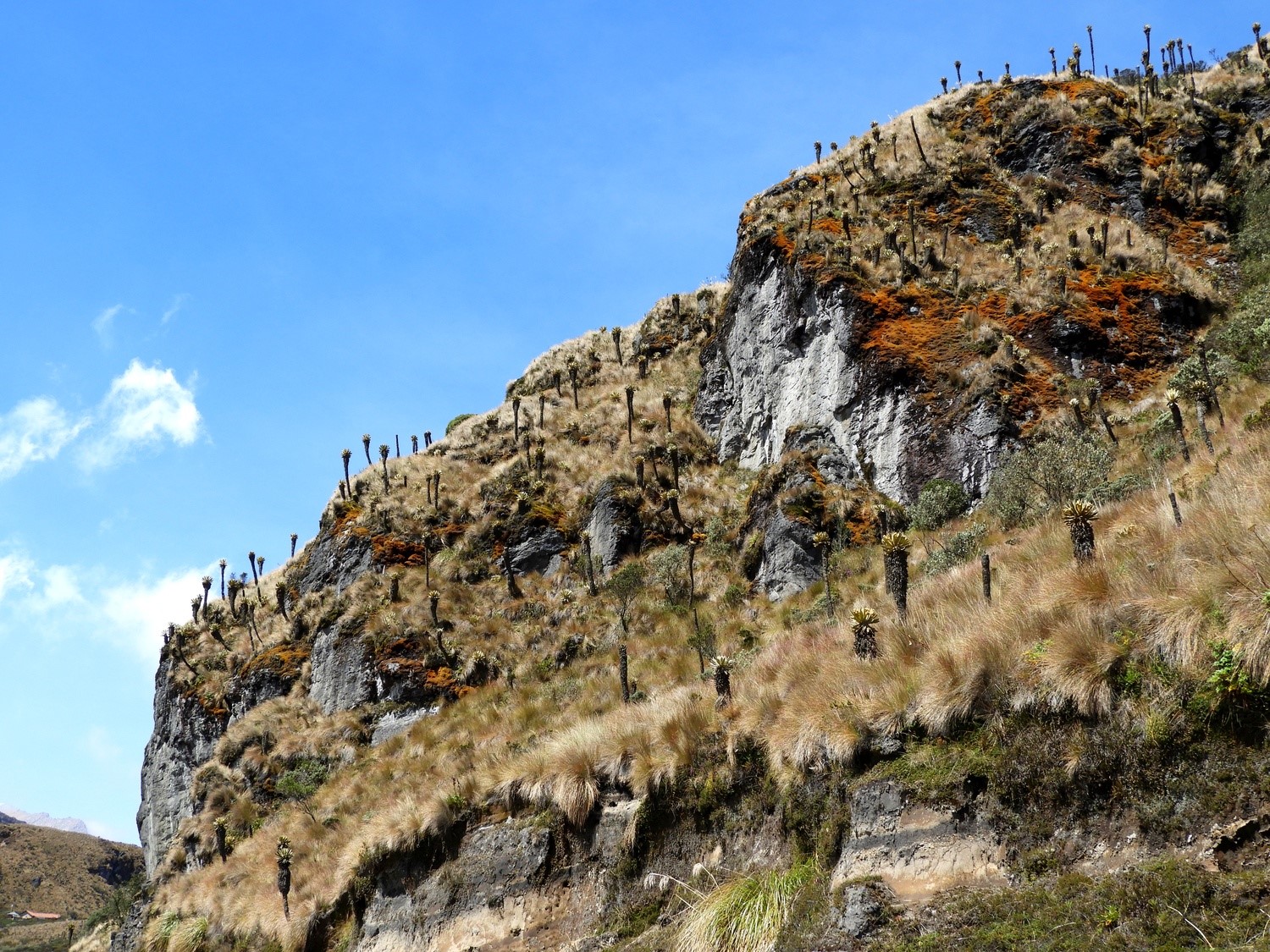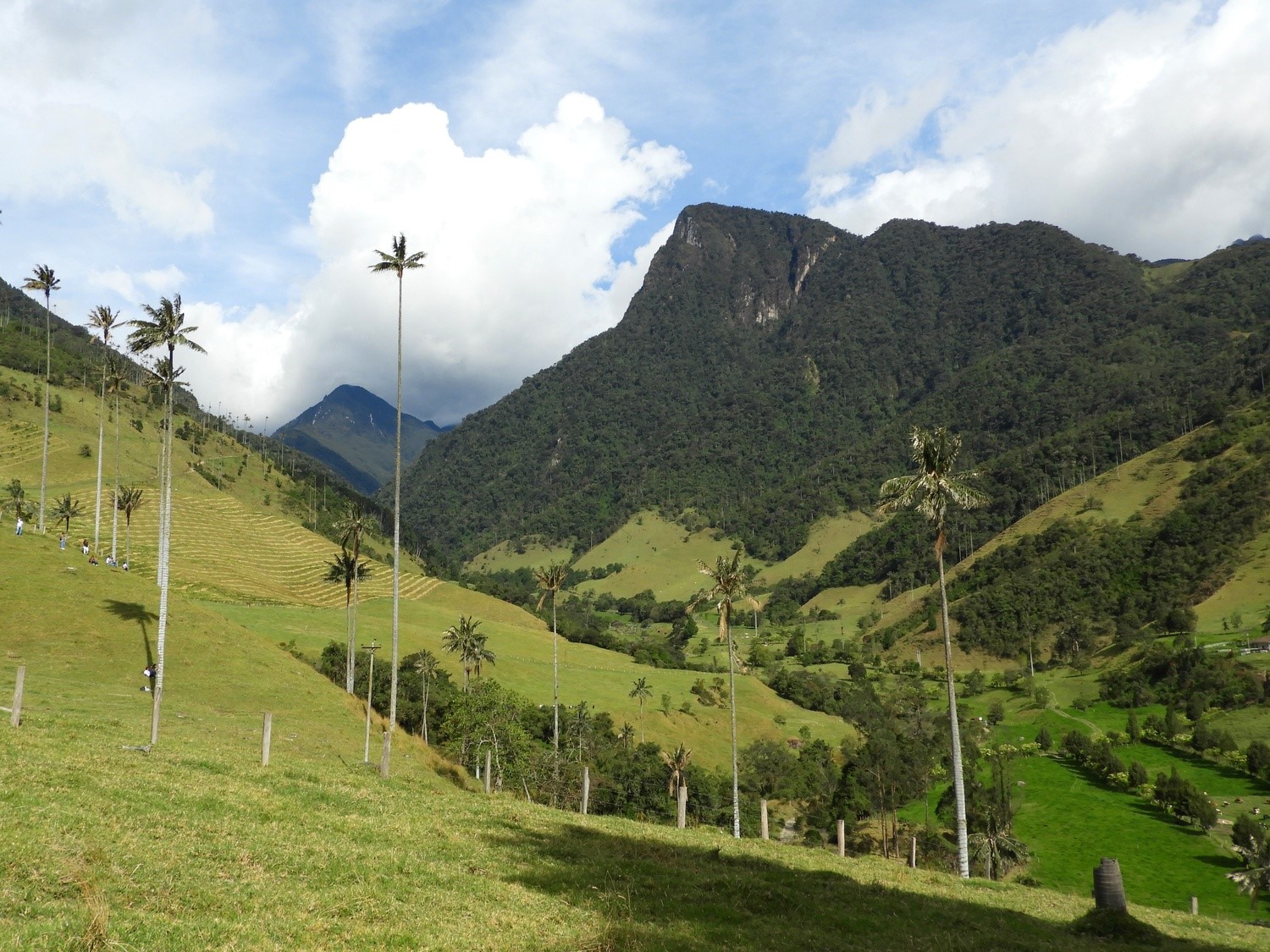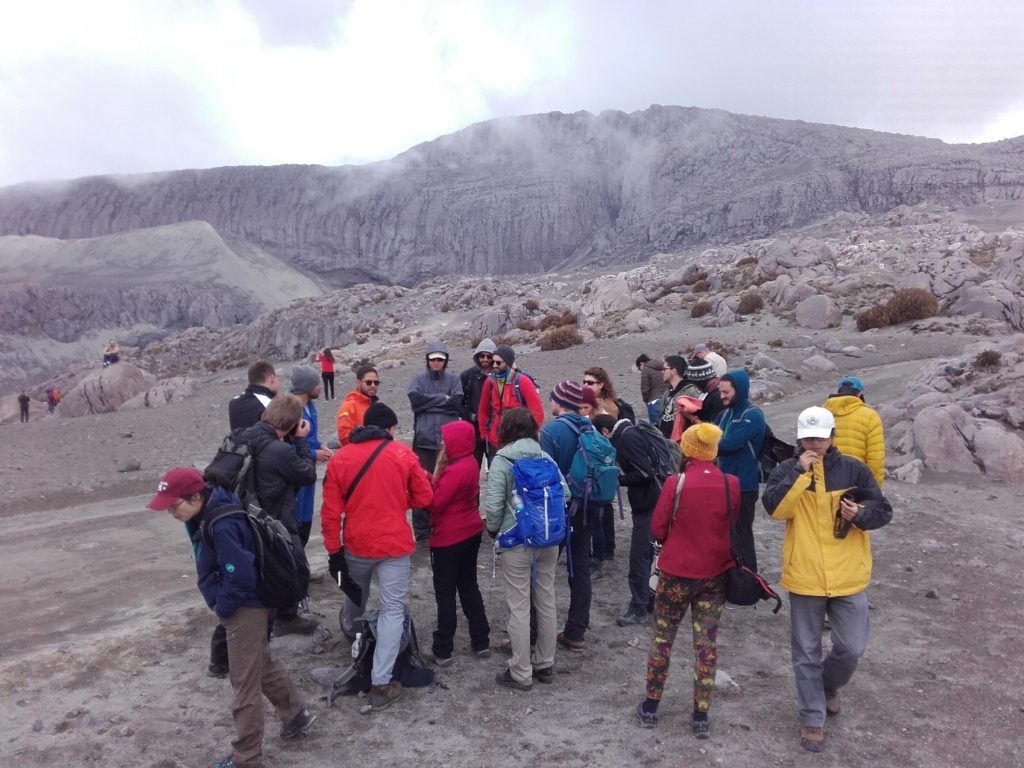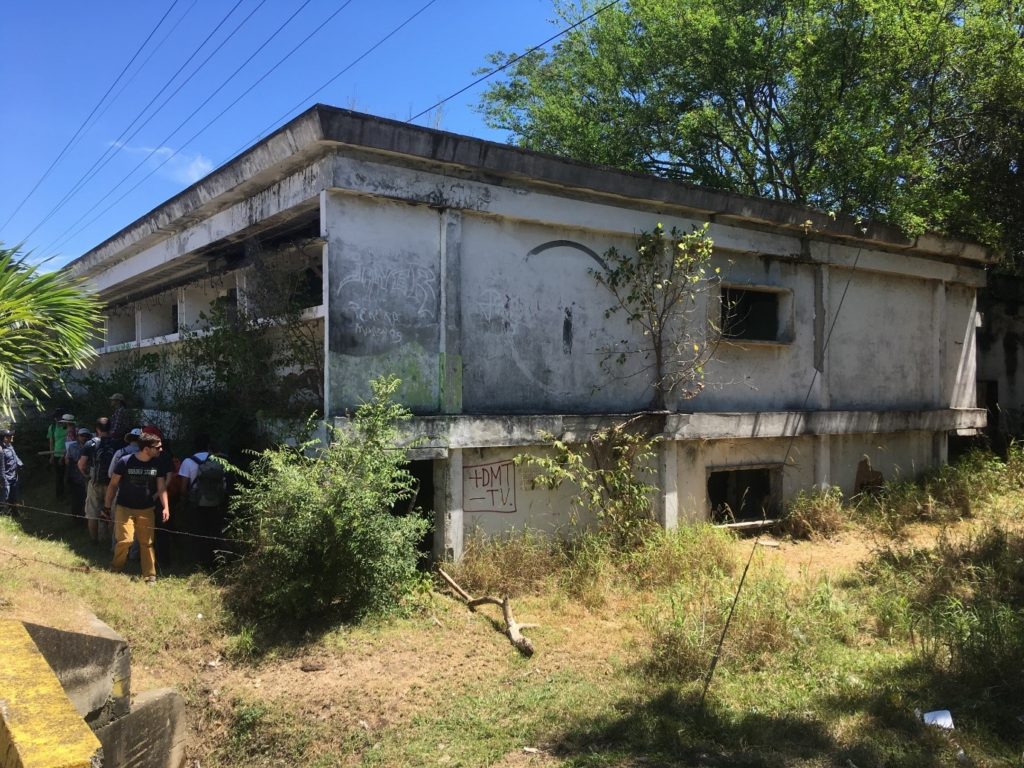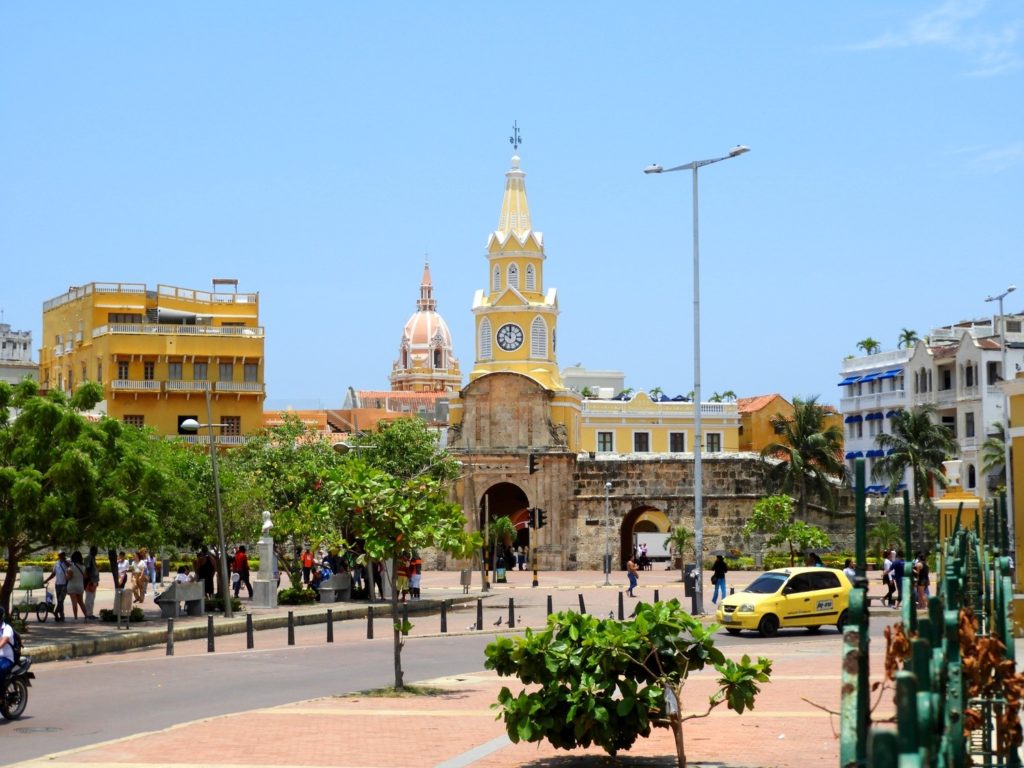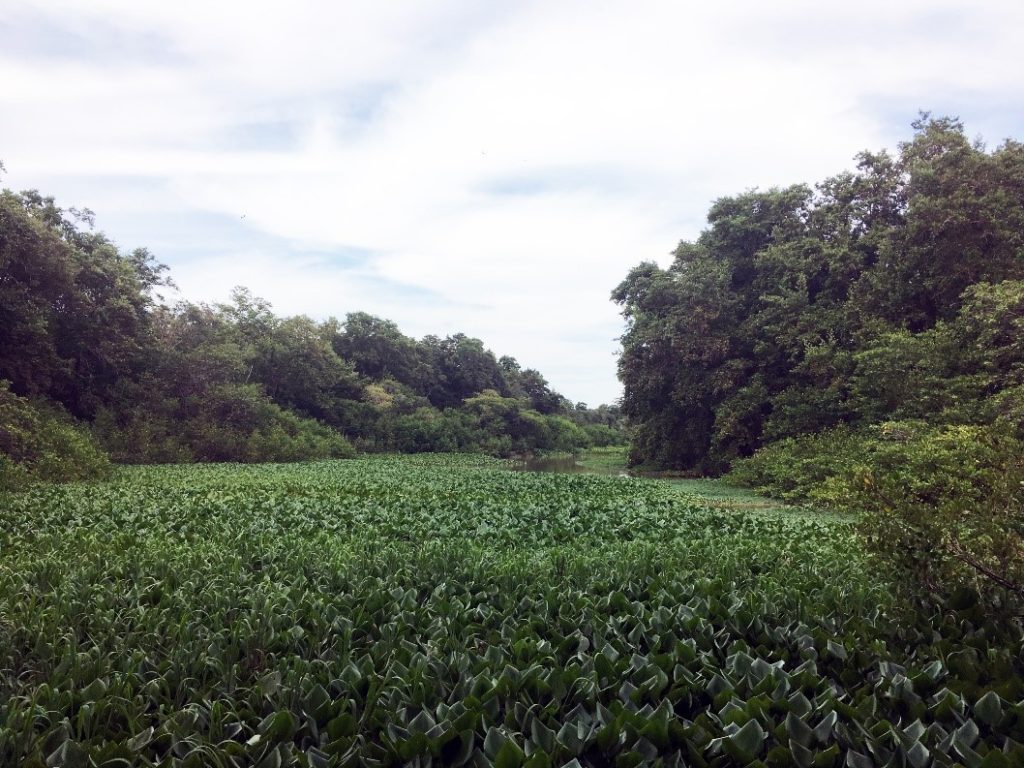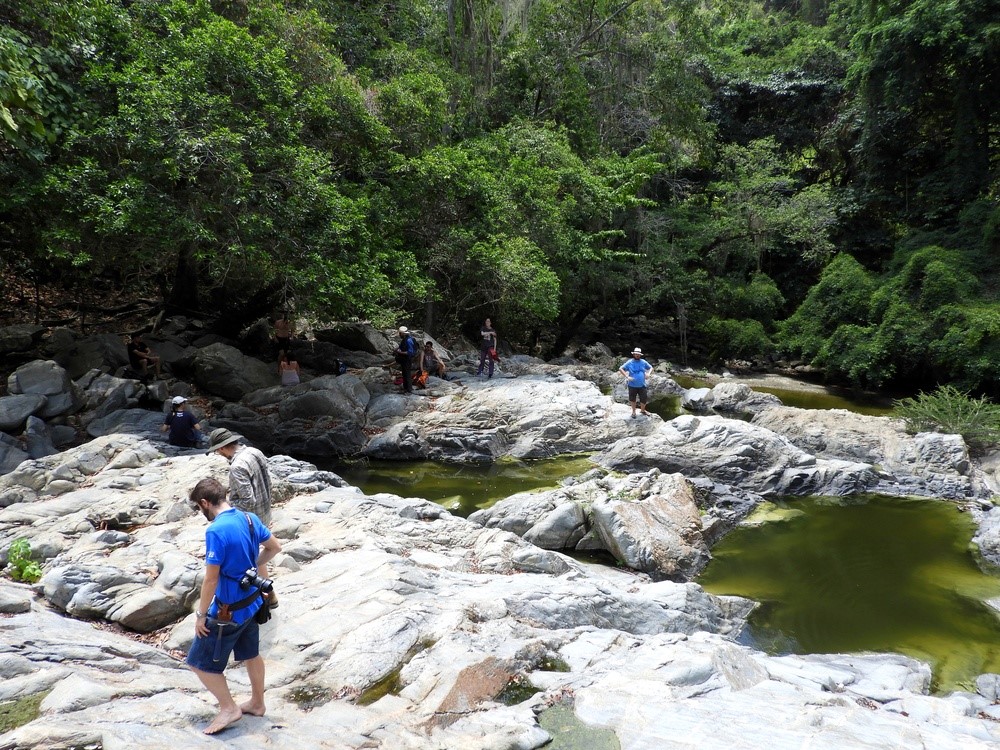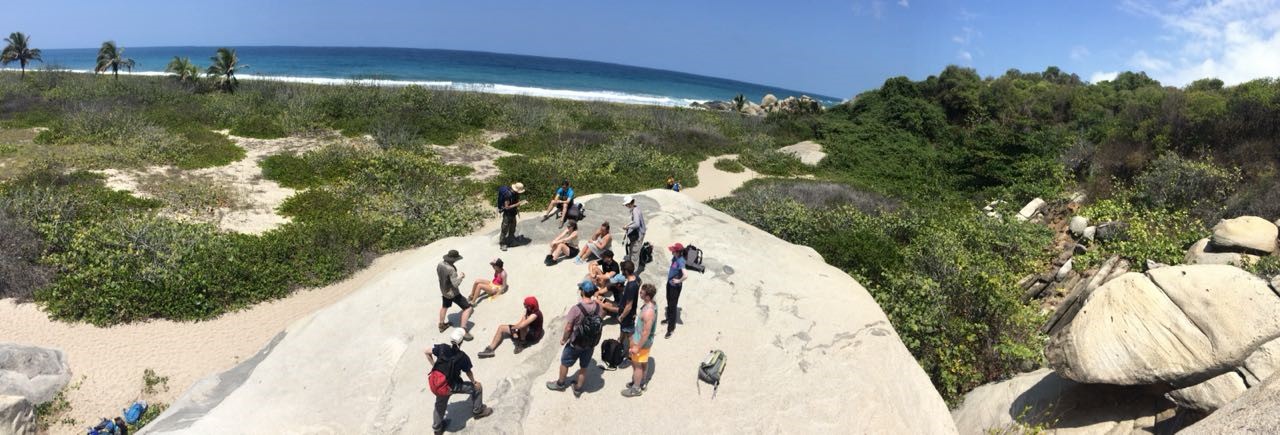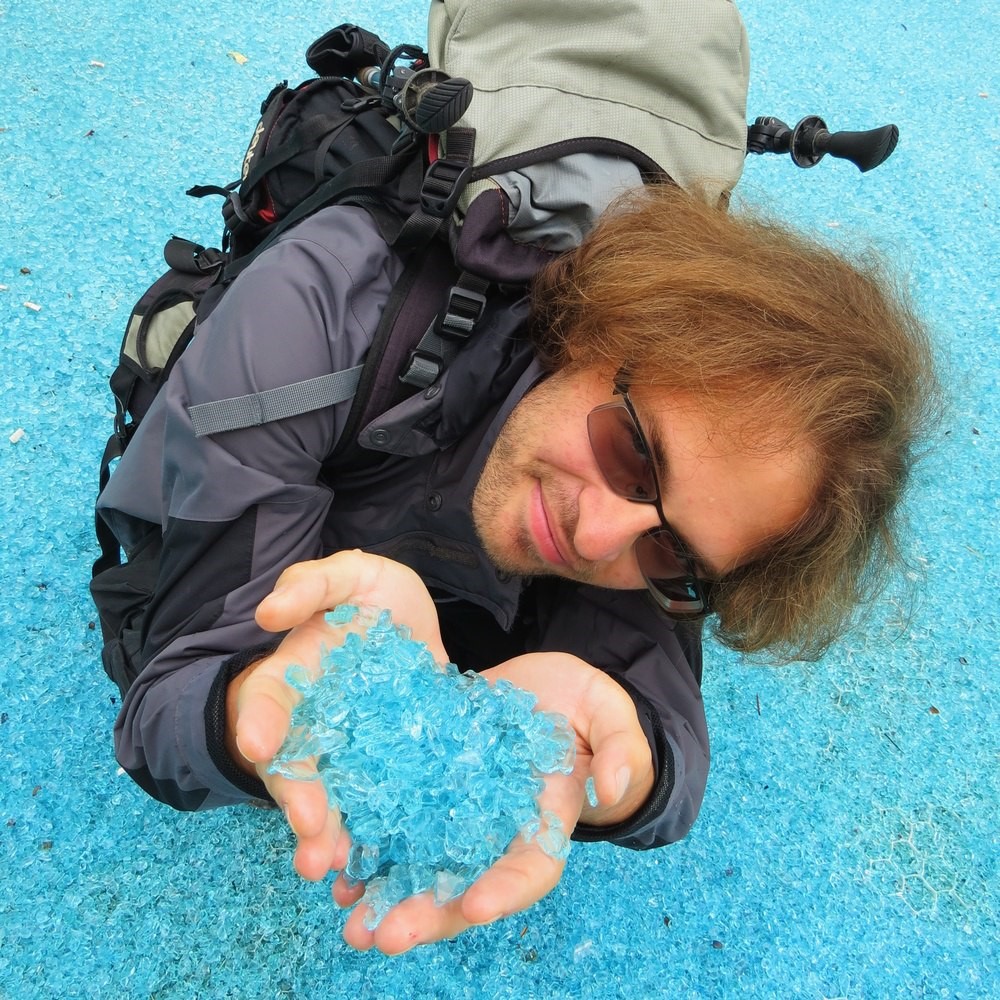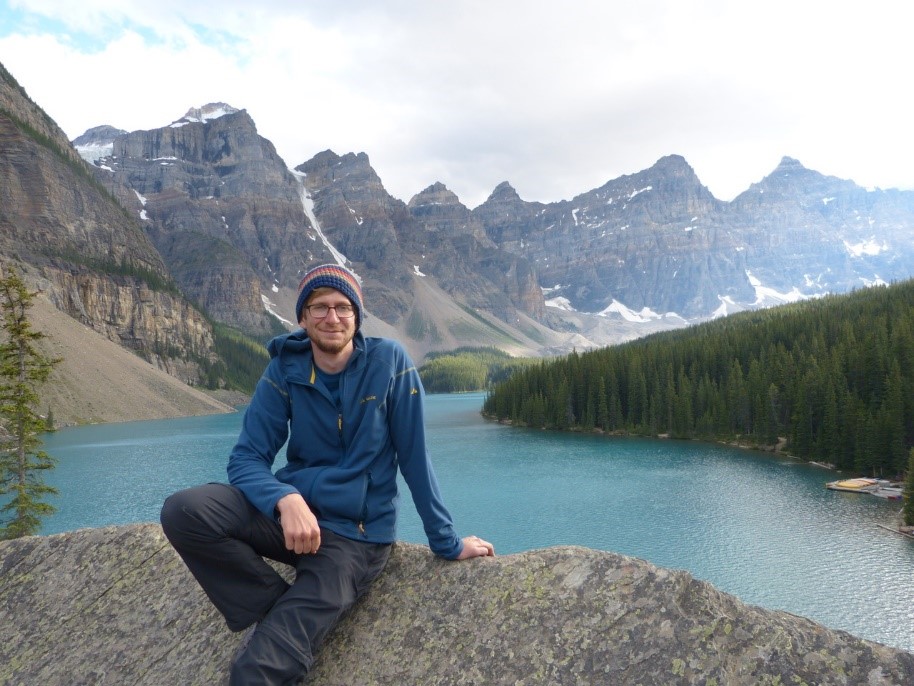At a first glance, Colombia might be perceived as a less than ideal destination for geologists; it is rather known for its rich biodiversity than rocks. However, the doctoral students came to learn about the geological wonders of this tropical country with the help of present and former ETH Zurich students and post-docs from Colombia. With the generous support of Schweizerische Universitätskonferenz (SUK) and the Earth Science Department, a group of 23 doctoral students, with backgrounds varying from geophysics to geobiochemistry, departed for Bogota. From there, the enthusiastic group piled into a bus and “hit the road” to meet former ETH Zurich faculty members Prof. Alejandro Beltrán and Dr. Alejandro Peraquive, now geologists at the University of Medellin and the Colombian Geological Survey.
With students of various scientific backgrounds planning the trip, it was an easy task to find the geological “must see” locations of Colombia. Starting from Bogota, the journey headed towards Villeta, a day’s drive east of the capital. This western-style colonial village surrounded by farmland offers unique insights into the early Cretaceous (140 million years ago), a time when this area was covered by a shallow marine sea inhabited by various dinosaurs. This local geology, a unique combination of the salt-deposits and clay- and limestones affected by later mountain building processes, eventually formed the nearby world-class emerald deposits of Muzo and Chivor.

